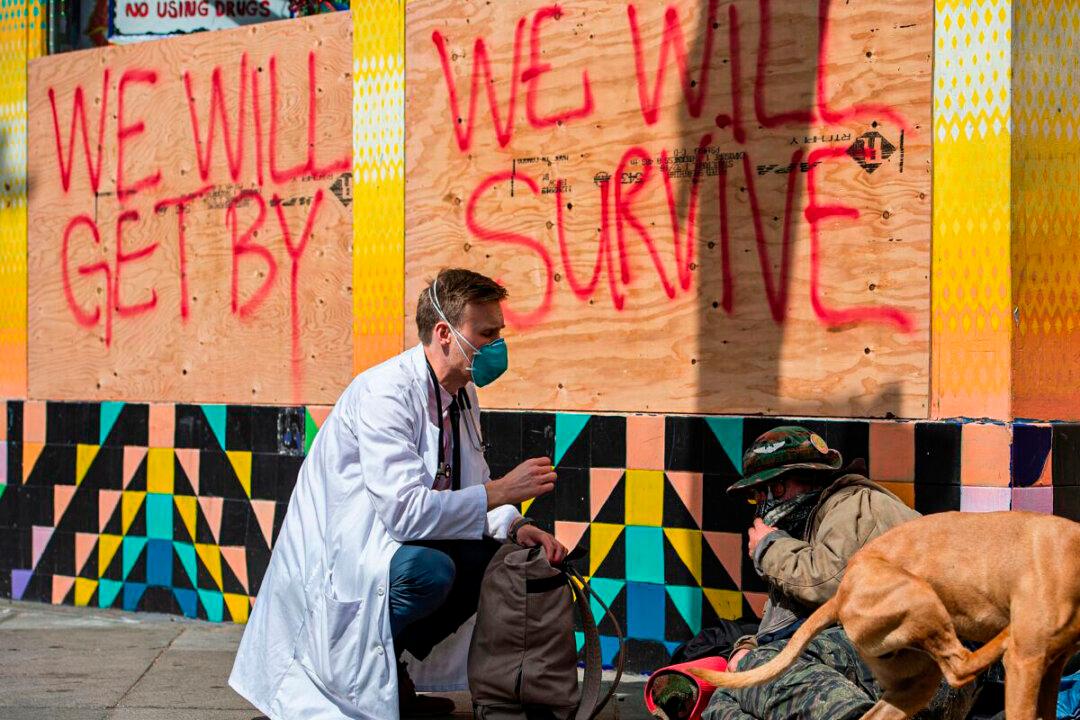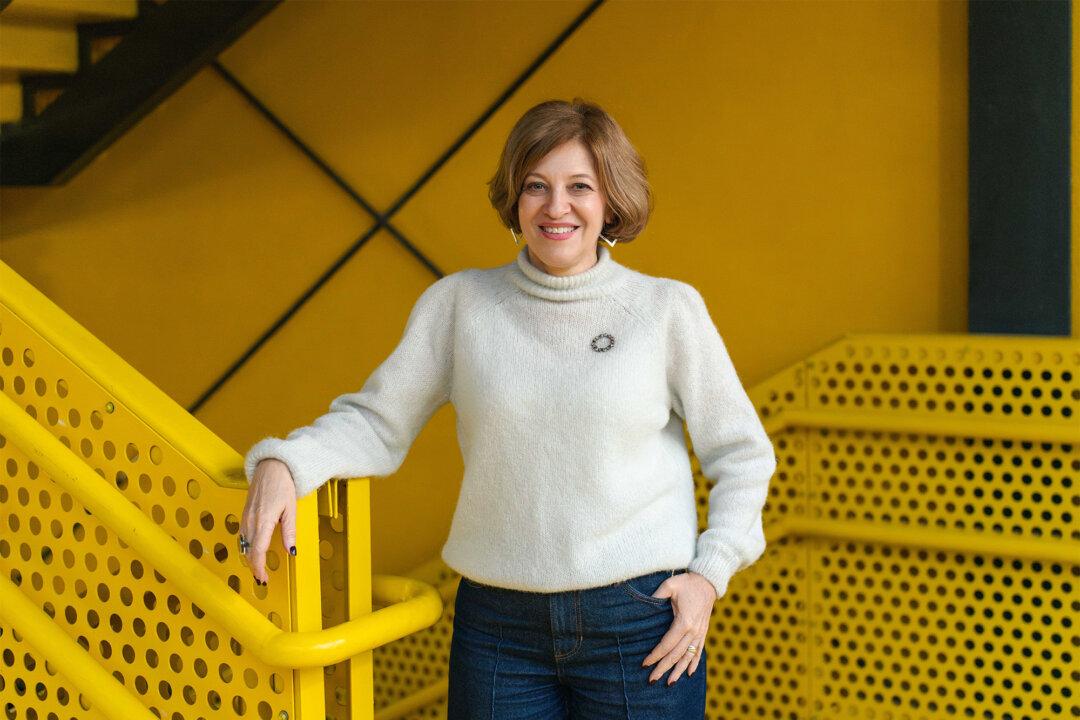SANTA CLARA, Calif.—San Francisco continues to face a drug overdose epidemic, as the number of overdose fatalities in 2020 was nearly triple the number of COVID deaths.

Stuart Malcolm, a doctor with the Haight Ashbury Free Clinic, speaks with homeless people in the Haight Ashbury area of San Francisco, Calif. on Mar. 17, 2020. Josh Edelson/AFP via Getty Images

Ilene Eng
Reporter
|Updated:



